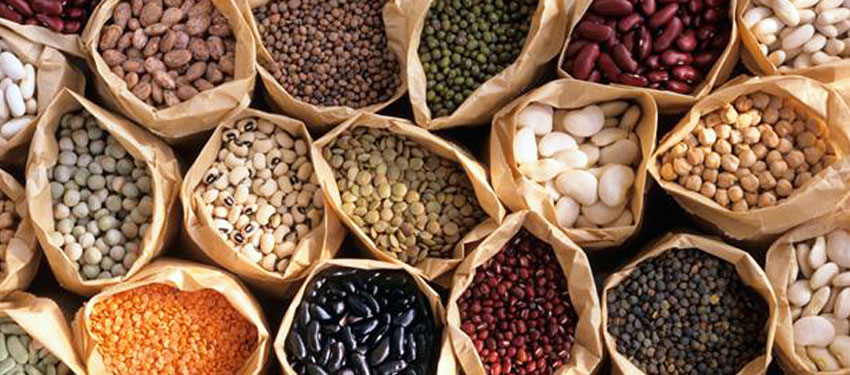«Legumes are foods rich in fiber
and contain minerals, such as Potassium and Iron.»
Legumes have had a long history in our kitchen. In the beginning, they were the queens of most homes, due to their affordable cost, because they provided the energy contribution of a single dish and an adequate nutritional contribution.
In the mid-sixties, it was believed that everything eaten with a spoon was fattening. In addition, the pre-soaking process required time in the kitchen that women no longer had, in addition to the annoying gases that it causes.
Thus, the 40 g of legumes consumed daily in the 1970s dropped to 20 g in the 1990s and today the figure barely reaches 12 g.
Ideally, the average fiber intake should be 30 g in legumes such as beans, lentils, kidney beans, chickpeas, soybeans and broad beans.
Legumes are foods rich in fiber and contain minerals such as potassium and iron. Their main component is carbohydrates, but the proteins they contain are not of good quality.
Soluble fiber helps prevent constipation and lowers circulating cholesterol. It also helps maintain stable blood glucose levels for patients with diabetes.
There are many benefits to consuming it, in addition to its satiating power in the diet.
Before cooking, it is recommended to soak them in cold water for at least 12 hours, and then renew the water for cooking. This will shorten the cooking time. To avoid flatulence, you can place a bay leaf in the water. It is not advisable to add salt during cooking, as it causes the skin to harden; it should be added when the legume is soft, almost at the end of cooking.
They should be stored in a cool, dry place in airtight jars. Although they can last almost a year due to their low water content, legumes have weevils as enemies: they feed from the inside, hollowing them out until they are empty. To avoid this, it is recommended to place a head of garlic in the container where they are stored.
RECIPE OF THE MONTH
Gianella Pedemonte
Bachelor of Nutrition
